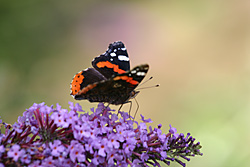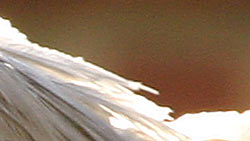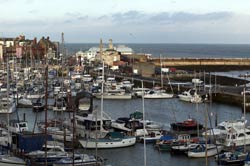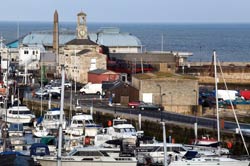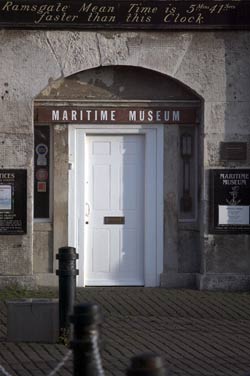Canon 70-200mm f/4 L USM
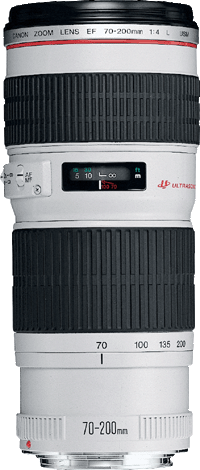 Specification
Specification
- Focal length 70-200mm
- Aperture f/4
- Angle of view 34-12°
- Filter size / type 67mm
- Construction Elements/groups 16 elements in 13 groups
- Focusing type Internal USM
- Closest focus 1.2m
- Weight 0.705kg
- Dimensions (Dia x length) 76x172mm
- Mounts available Canon
- Tripod bush Optional extra
- Price £549.99
Build and handling
This lens is another pipe-like design, being virtually the same diameter throughout its length. It is both narrower and shorter than it’s big brother, the f/2.8 IS version and contains far less glass, allowing much easier handling and carrying. First up, as we go along the barrel from the mount end is an area where a tripod bush can be mounted, although this is not supplied but can be added as an optional extra. Next is the wide (40mm) zoom ring marked at 70,100, 135 and 200mm. A distance window, marked in metres and feet is next, and alongside to the left is the AF/MF switch and the focus limit switch which stops the lens focusing below 3m to speed AF as needed. The next, and last section is the manual focus ring, three quarters of which is rubberised and requires about a third of a turn to go through the range from 1.2m to infinity.
Both control rings are easily moved and neither focus nor zoom change the length or orientation of the lens, making use of filters an easy option. The filter thread, at 67mm, is small for the class of lens. Autofocus was fairly quick and noise free although it did not have the instant ‘snap’ of big brother, probably due to the smaller maximum aperture. This also caused the occasional little ‘hunt’ on low contrast subjects.
Build quality itself is up to Canon’s usual standards for lenses with an L designation and we have no quibbles on this aspect of the lens although for the price, Canon could have included the tripod mount.
Optical quality
Once again, Canon’s L glass has proved to be consistent. Not quite up to the definition of the f/2.8 model, but not very far behind it, the f/4 produces good results and does so across the range. Performance is, as normal, best at the shorter end of the zoom, holds up well through the middle and only falls of slightly when wide open at the long end of the focal range. Distortion control is well managed with none at the short end and virtually indiscernible pincushion at the furthest end.
Control of chromatic aberrations, however, was approaching the borderline of acceptability although it did manage to stay inside the threshold but in places this was a case of only just. Tested on a Canon 1D which has relatively large pixels, it may become a concern on newer, much higher resolution cameras.
Colour rendition, as always seems the case with L glass, has that trademark slightly warm look to it and contrast was good.
Above: Shot at the closest focussing distance, this shot of a Red Admiral Butterfly shows that the lens is not suitable for insect photography unless fitted with an extension tube, although the background has been pleasantly rendered out of focus. 1/250sec at f/5.6 on a Canon 1D and set at 200mm. Right: The foreshortening of perspective from the lens set at 150mm makes this shot look like the steps lead down into the Pilot boat. Shot at f/8 and 1/320sec on a Canon 300D. | 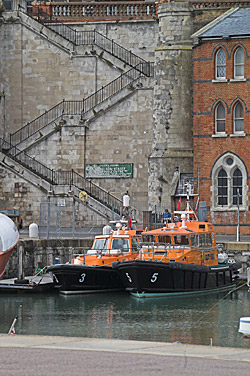 |
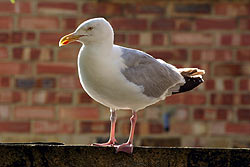 |
|
Click on each comparision photo below to view full size versions
Below is our lens test data. To find out how to use these graphs look at this article: How we test lenses
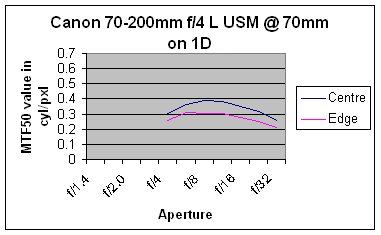
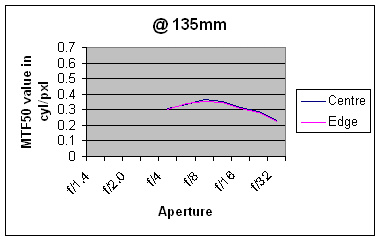
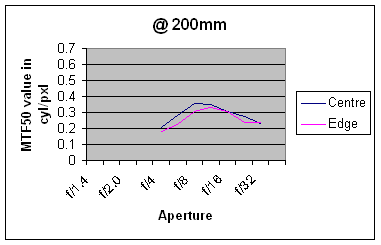
Verdict
At almost a third of the price of the big brother lens, comparisons are a little unfair. This smaller, lighter, slower version is a very nice lens for the money and produces excellent results. Being that much smaller and lighter, it makes a good companion for some of the smaller cameras in Canon’s line up such as the 20D and the 350D without the price and weight penalty of the top end lens. And you still get L glass into the bargain! As with many of Canon’s older designs though, the control of chromatic aberrations is looking a little long in the tooth.
In summary, the positive points of the Canon 70-200mm f/4 L USM are
![]() Great build quality
Great build quality
![]() Good and consistent performance for price
Good and consistent performance for price
![]() Silent and quick autofocus
Silent and quick autofocus
Negative points are:
![]() Chromatic aberration on the borderline
Chromatic aberration on the borderline
![]() Tripod mount not included in the price
Tripod mount not included in the price
Check the latest price of the Canon 70-200mm f/4 L USM here
Test by Ian Andrews www.wildaboutkent.co.uk
Add your message
Please login here or if you've not registered, you can register here. Registering is safe, quick and free.
photodo Stats
428 MTF tests
74 in-depth photodo reviews
100+ users join each day
Help the lens community by reviewing or rating a lens today via our lens search
Latest Lens Reviews
- Chinon 28mm f/2.8 Vintage Lens Review
- Canon EF 70-200mm f/4L IS II USM Lens Review
- Samyang AF 85mm f/1.4 EF Review
- Sigma 70mm f/2.8 DG Macro Art Review
- Samyang AF 24mm f/2.8 FE Review
- Meike 50mm f/1.7 Review
- Tamron 70-210mm f/4 Di VC USD Review
- Lensbaby Burnside 35mm f/2.8 Review
- Asahi Super Takumar 50mm f/1.4 Review
- Asahi Super-Multi-Coated Takumar 135mm f/3.5 Review
